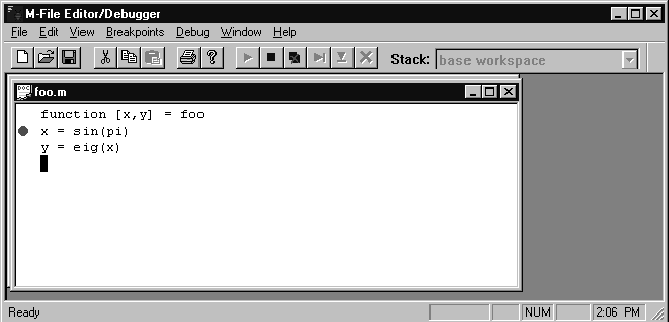

Note that the breakpoint is specified to be the fifth element, which is the data point shared by the two segments.ĭetrend computes the least-squares fit of a straight line (or composite line for piecewise linear trends) to the data and subtracts the resulting function from the data. If your samples are not evenly spaced in along the third dimension, you can include a corresponding time vector for the least-squares detrending. SSTalleventsmean mean (SSTalleventsdetrend,3) mean across all events. This function behaves just like Matlab's detrend function, but detrending is applied along the third dimension of all rows and columns of a 3D dataset.
Detrend matlab code#
Y = detrend(x,'linear',5) % breakpoint at 5th element Here is a snip-it of the code that I am using: SSTalleventsdetrend detrendNaN3 (yearlyarray2) detrend time series of dimensions 97x97x117.


The breakpoint between two segments is defined as the data point that the two segments share.ĭetrend(x,'linear'), with no breakpoint vector specified, is the same as detrend(x). Vector bp contains the indices of the breakpoints between adjacent linear segments. Removes a continuous, piecewise linear trend from vector x or, if x is a matrix, from each column of the matrix. Removes the mean value from vector x or, if x is a matrix, from each column of the matrix. If x is a matrix, detrend removes the trend from each column. As expected, the detrended data has a mean very close to 0. detrendsdata detrend (sdata) trend sdata - detrendsdata Find the average of the detrended data. Subtracting the output from the input yields the computed trend line. Removes the best straight-line fit from vector x and returns it in y. Apply detrend, which performs a linear fit to sdata and then removes the trend from it. a position sensor).Detrend (MATLAB Functions) MATLAB Function Referenceĭetrend removes the mean value or linear trend from a vector or matrix, usually for FFT processing. y detrend( x, n ) removes the n th-degree polynomial trend. If that is critical you could use a more sophisticated signal processing approach or, if possible (and preferably) a better sensor (e.g. y detrend( x ) removes the best straight-fit line from the data in x.

you will probably be able to get “close” to the desired result but will not get the exact same position signal. Note that there also appears to be other noise and/or content in your measured acceleration signal i.e. If you substract the mean value before integrating the acceleration and velocity signals you should get reasonably “close” to the desired result (see matlab’s detrend function for other options). The most straightforward approach to get rid of the quadratic drift in your double integrated acceleration signal is to detrend the data before integrating. In the latter case pre-processing your data can be an option too enable extracting meaningful results from your data. Sometimes, it’s possible to “shield” your sensor for these effects but this can also be extremely challenging or expensive. Double integration then leads to the quadratic (or higher order) effect observed in the data.Īs Pawlukiewicz states in his answer this can be due to the accelerometer registering gravity (not all accelerometers are capable of registering a constant acceleration field) but also due to temperature fluctuations, (electro)magnetic interference, strain at the base of the accelerometer, etc. Generally, the observed effect occurs when there is an offset and/or linear drift present in your measured data.


 0 kommentar(er)
0 kommentar(er)
